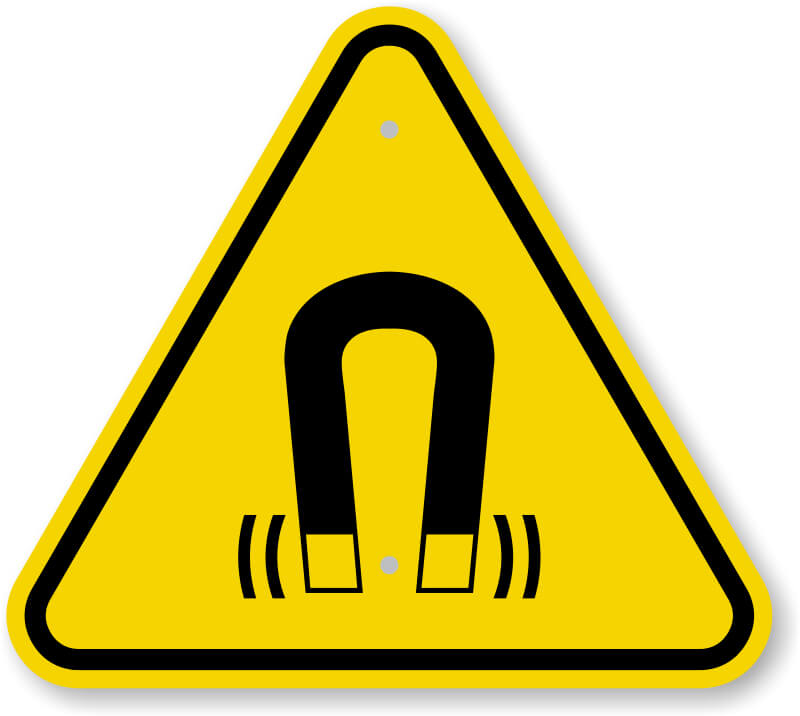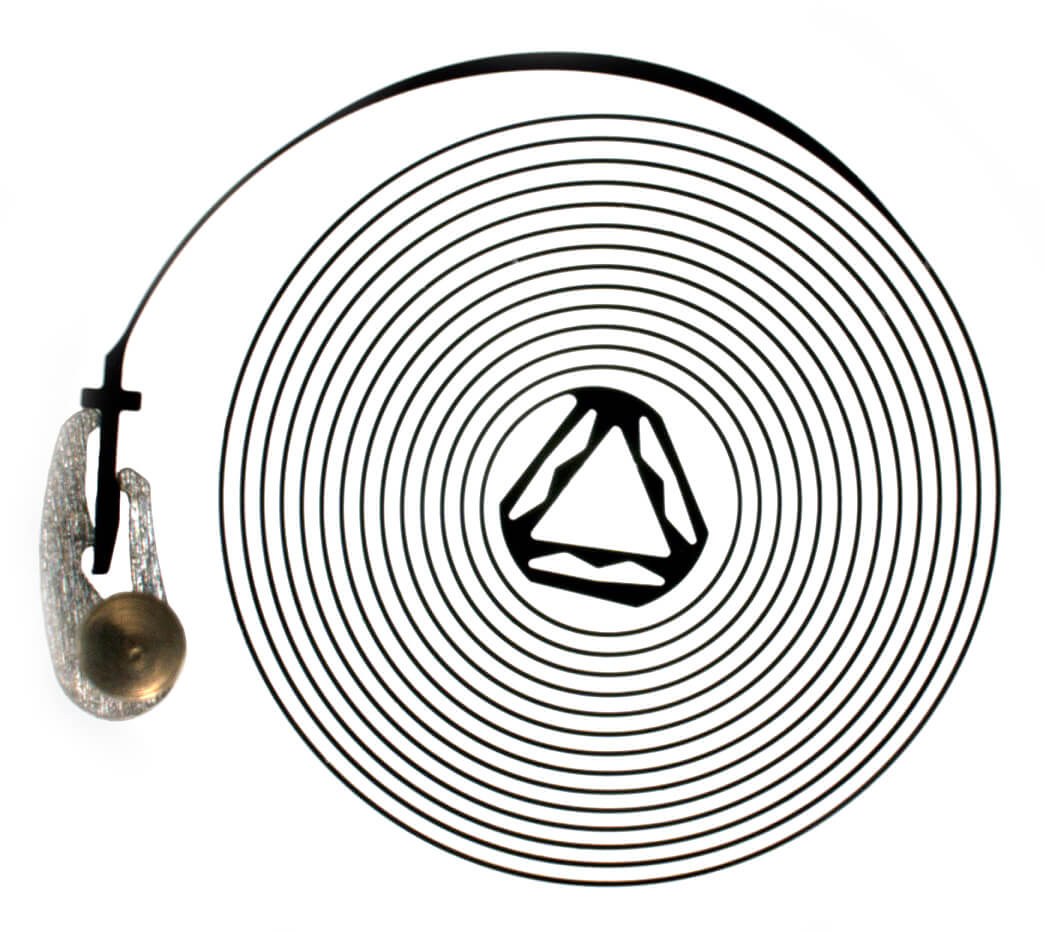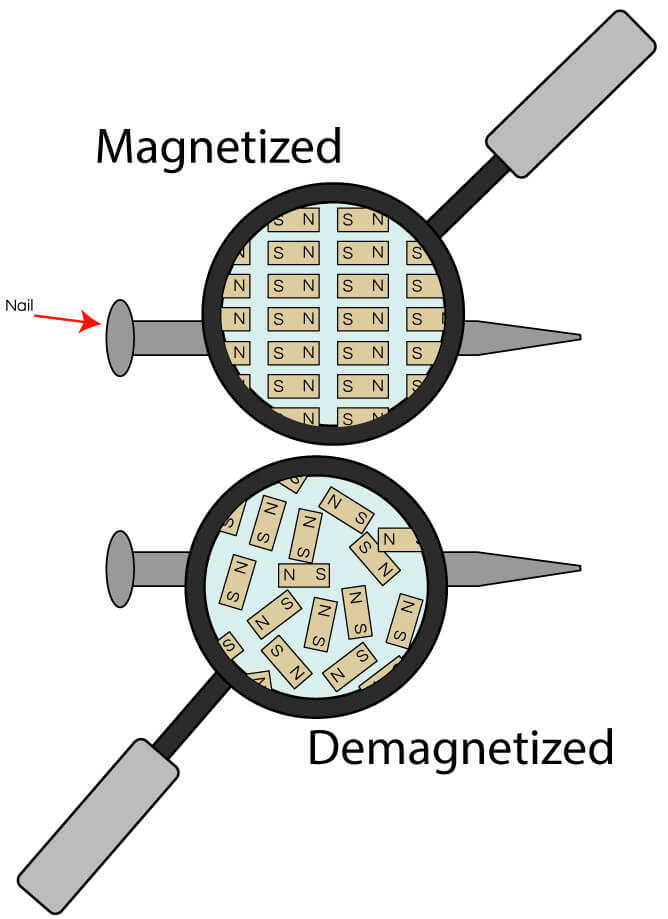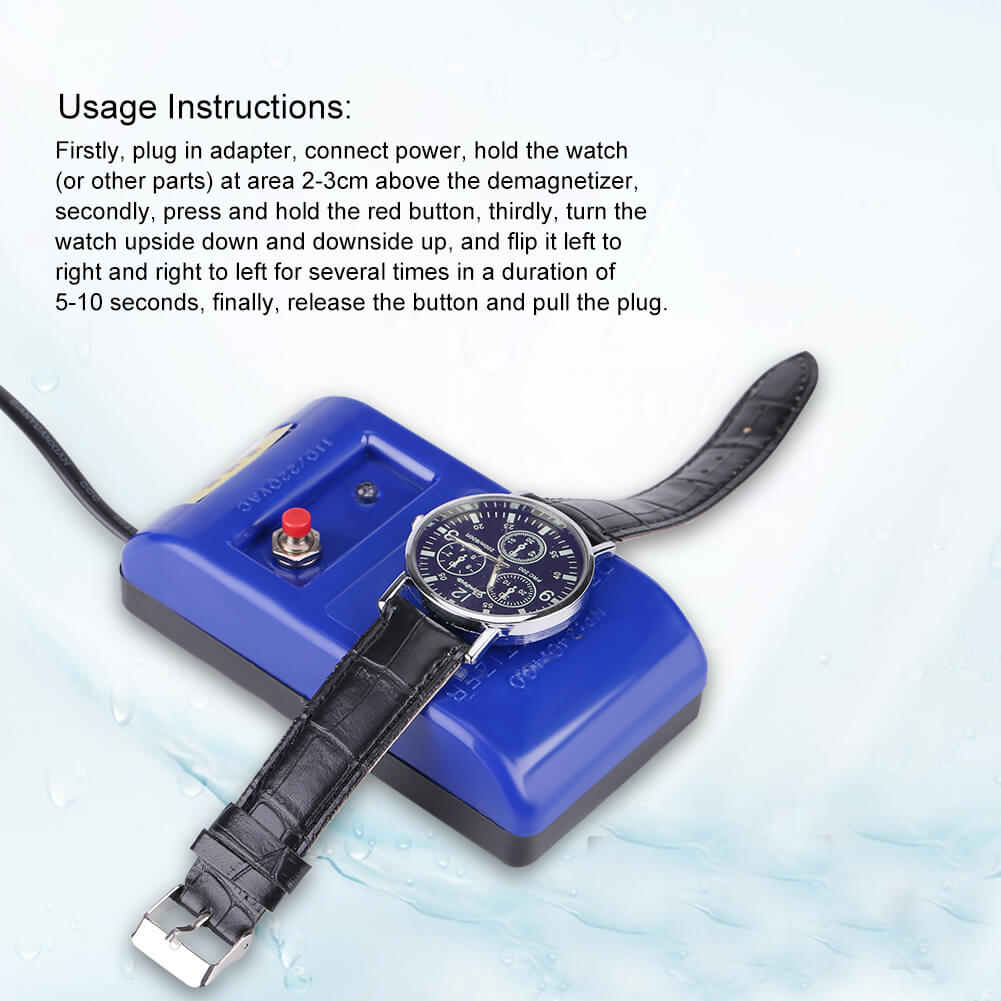Magnets are everywhere: in this day and age we can’t escape them.
Practically everything around us houses a magnetic field: our cellphones, clock radios, sound systems, tablets, and even the tablet case and certain handbags; the list goes on.

Magnetism being present in everyday life poses no real threat, but it can affect our mechanical timekeepers, causing rather unwanted reactions. General everyday contact with these devices isn’t going to cause your beloved wristwatch any real harm, but overdoses of magnetism may still present a problem, causing erratic timing and even stoppage altogether.
The most obvious sign of a magnetized escapement is a watch (that hasn’t been knocked or dropped) suddenly running very fast or very slow.
Watch companies have a long history of trying to protect watches from magnetic interference, and the battle still continues with the production of more and more movement components with anti-magnetic properties to overcome the adverse effects of magnetism on today’s timepieces.
Brands such as Rolex, Omega, Blancpain, IWC, and Longines have all produced watches over the years aimed at combating this problem, even specifically designing them for individuals who are exposed to intense magnetic fields.
Effect on watches
Magnetic fields affect watches in a variety of ways, but the major component facing the battle is the hairspring.
Movements today are more often than not fitted with Nivarox hairsprings, which claim to be antimagnetic, but this isn’t so because they still contain a number of ferrous metals. Magnetism causes the hairspring coils to basically stick together, which in turn shortens the active length of the hairspring causing the watch to gain time. Alternatively the coils could become so “stuck” that the watch will not run at all.

When the hairspring is magnetized, the coils stick together rather breathe in and out freely, which is bad for timing
The ferrous nature of steel components in movements is another way in which magnetism can cause an adverse effect.
Steel retains magnetism even when it has left a magnetic field, causing any steel parts to create their own magnetic fields. To combat this, manufacturers are increasingly making more (previously steel) components out of modern alloys that are much less affected by magnetism.
Traditionally, cylinder escapements were extremely affected by magnetism, losing amplitude when the escape wheel tooth left the cylinder to indicate that both pieces were magnetized. With the modern lever escapement, this is no longer as great of a problem because synthetic ruby pallet stones are used and modern pallet forks are constructed from non-ferrous metals.
Mainsprings used to be an area of concern as well, being manufactured from steel. But today’s modern alloy is fairly unaffected by magnetism.

Demagnetizing breaks up the aligned structure of material so any remaining micro fields cancel each other out
Demagnetizing
Watches that have been magnetized won’t suffer any long-term consequences, however they will need to be demagnetized to resume normal function. When your watch is running erratically due to magnetism there is no need to panic; any watchmaker should be able to tackle the job. Alternatively, demagnetizers are available fairly inexpensively on many websites or at a horological tool shop.

Simple watch demagnetizer
Traditional demagnetizers work fairly simply: magnetic fields produced by direct currents are different to those produced by alternating currents. A demagnetizer requires an alternating current to remove the magnetic field from the watch; it does this by rapidly changing directions of the current, which changes the orientation of the magnetic field. This in turn causes the dipoles to end up in a random order, rendering the watch demagnetized.
Completing this procedure, the watch movement (or individual components) are placed within the demagnetizer and slowly drawn away from the machine, thus reducing the magnetic field.
Usually, after one operation the watch or component will be free of all magnetic fields, but in rare cases the operation will need to be performed again.
And there’s an app for that: the Lepsi smart phone app can diagnose if your watch is magnetized or not. You can check that out at www.lepsi.ch/watch-demagnetizer.
Conclusion
Magnetism in watches isn’t new, but companies do come up with new solutions on a regular basis to help combat it.
A watch adversely affected by magnetism can be inconvenient, but long-lasting effects aren’t something average consumers need to concern themselves with too much.
Ultimately, it isn’t the worst thing that could happen to your precious timepiece: see 5 Unexpected Ways You Might Damage A Mechanical Watch.
* This article was first published on March 2, 2018 at The Truth About Magnetism And Watches.
You may also enjoy:
Deeper, Further, Faster: Why Do Some Dive Watches Have Helium Escape Valves?
Leave a Reply
Want to join the discussion?Feel free to contribute!





















































Another nice one Ashton. I wish companies wouldn’t use the term “antimagnetic”. Materials unaffected by magnetic fields are “non magnetic”.
(Some of my best friends are magnetic…)